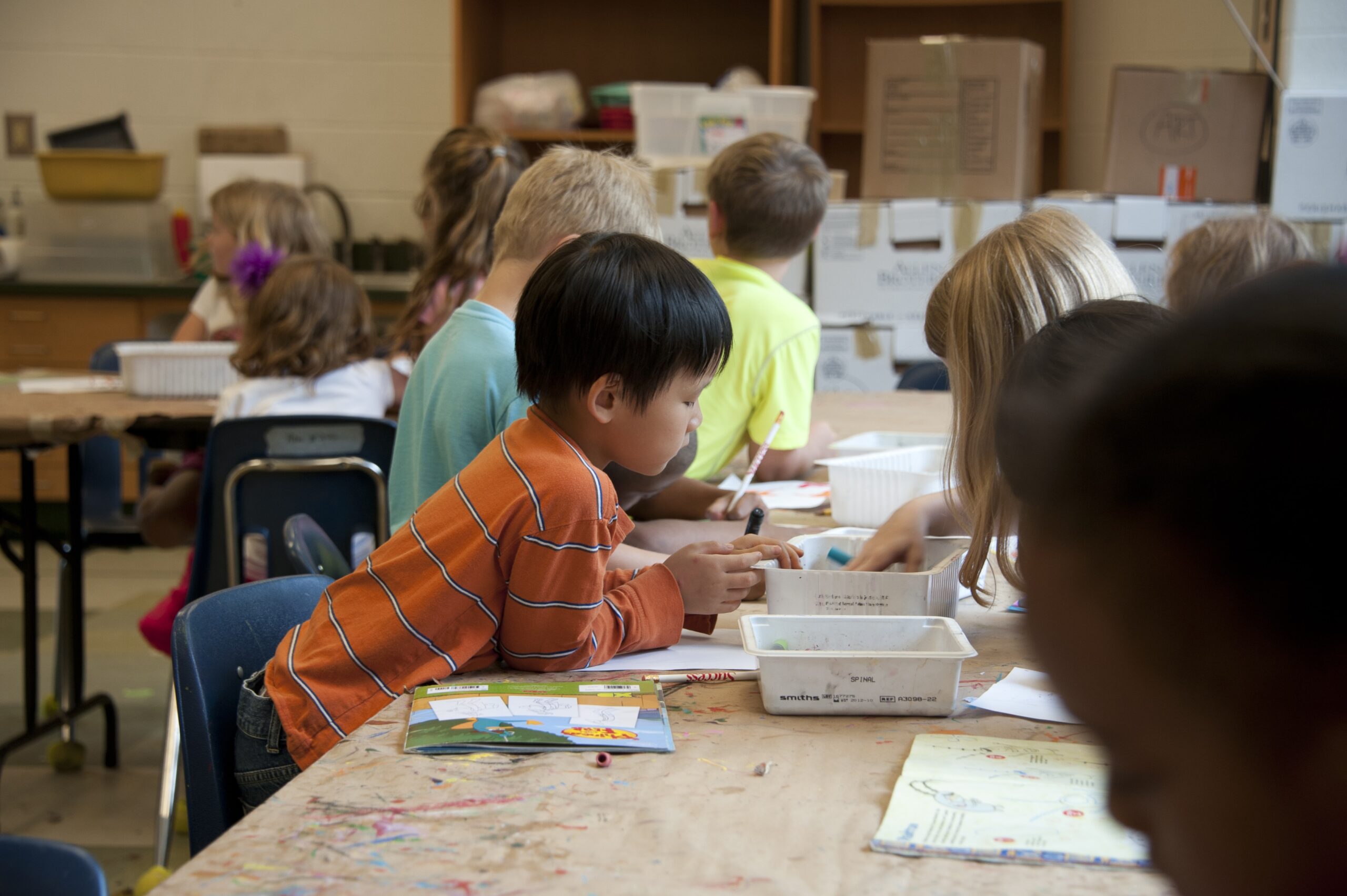The written language and the oral expression via body language and the spoken word are the most important elements of a person’s cultural heritage. Therefore, schools and universities worldwide tend to create special language revitalization programs that focus on indigenous languages and cultures. While it’s hard to create a natural learning heritage environment due to the limited number of speakers, schools address this challenge with community-based practices and lessons with the use of multimedia elements of learning. The most prominent example of such practice is Hawaiian, spoken in the United States, and the Maori language (spoken mainly in New Zealand). It is a practical environment where we can see revitalization in practice by seeing how the cultural heritage takes place in a natural habitat!
Language Revitalization Programs in Schools Aim to Preserve Cultural Heritage
– Offering Endangered Language Classes.
One of the best ways to revitalize the culture of a community or ethnic minority is to offer language classes. Most schools can achieve it by offering professional classes where lessons take place daily with the support of most academic subjects. Of course, if English is not a learner’s first language, it might be helpful to approach TopEssayWriting for basic editing purposes before another language can be approached. This way, one can achieve a much better balance between the existing knowledge and the newly gained skills. At the same time, language classes must include arts and music by creating presentations, quizzes, surveys, and even competitions (especially for younger learners).
– Use of Interpreting Services and Decoding.
One should not ignore the use of interpreting services to create a safe environment in schools. It is not possible to avoid decoding to learn more about the learner’s background and simply start learning. Even the subtle differences matter! Likewise, if people come from different sub-cultures, it is necessary to establish mental bridges and avoid internal conflicts. It is a reason why the oral part and presentations, special competitions, and discussions must be made first until the actual learning takes place. As a rule, discussions, and the establishment of cooperation are also important parts of mastering available data and preservation of heritage.
– Social Media and Promotion of Indigenous Culture.
Social media should be used to promote indigenous culture. If we take the African or American indigenous culture, the use of herbal healing, dances, and musical performances plays an essential role. The most important is to establish communication and make the message clear. It means that Facebook, Twitter, and Instagram, among other social platforms, can be used to revitalize cultural heritage. Organizing social media groups, and replying to comments on Facebook posts can help people learn more and learn how to appreciate our cultural heritage.
– Implementation of Language Resources and Accessibility.
One has to understand that the lack of language resources makes things rather challenging for those who are not tech-savvy or do not know where to start. It means that language resources must be made accessible and clear for learners of all ages. The best way to achieve success is to use localization for digital interfaces and implement the best online translation services for written and oral purposes. The instructions may represent multimedia elements and flashcards, depending on the age of the learner. It has to be inspiring and feel natural, which is why the language resources must be systematized.
Connection to Nature and Learning in the Open Air!
An important aspect of language revitalization programs in schools is the strong connection to nature because many types of cultural heritage that we are trying to save relate to environmental education and connection to nature. In a certain sense, it is precisely how indigenous people have learned since skills and mastered knowledge have been passed from generation to generation. Keeping this important fact in mind, many scouting leaders have done their best to teach the practical side of life. The schools that try to implement revitalization programs should focus on lessons in the open air that allow students to communicate in the field and follow the rules and notions that their forefathers have followed. It can help to create a special learning environment and protect our nature in a much better way by allowing both young and old to learn without oppression and the limitations of the classroom. One has to strive for freedom and express themselves by learning about the past and one’s heritage. Thankfully, the use of modern technology and cooperation makes it all possible!
BIO
Diane Sherron believes that education should always focus on history and the immortal heritage that we have. As a historian and a linguist, she loves to explore various cultures and languages of the world. Follow Diane to take your learning to another level and always keep things inspiring and fun.

 Join Daily Trust WhatsApp Community For Quick Access To News and Happenings Around You.
Join Daily Trust WhatsApp Community For Quick Access To News and Happenings Around You.


